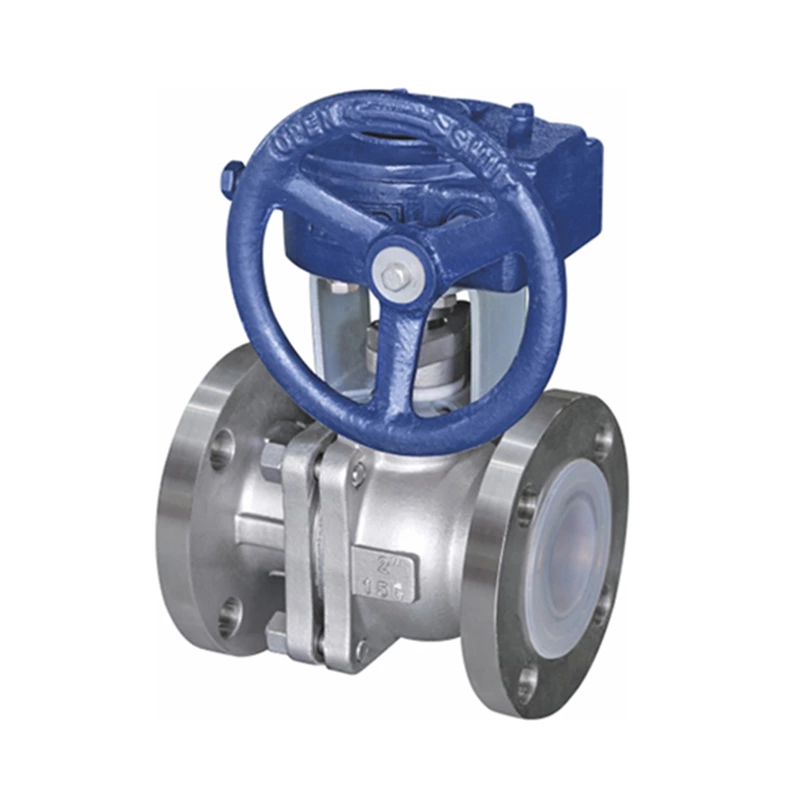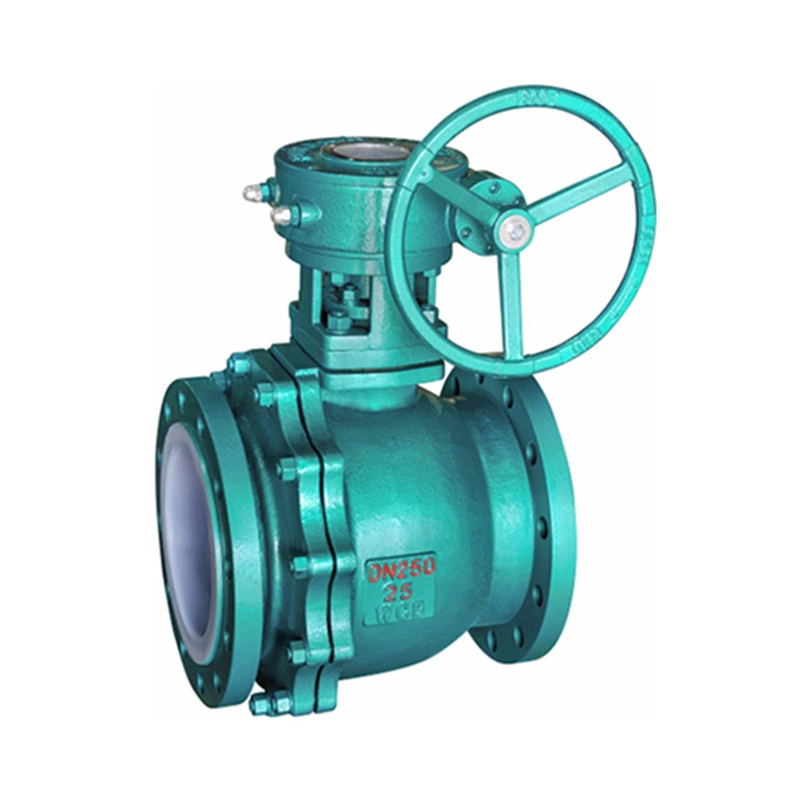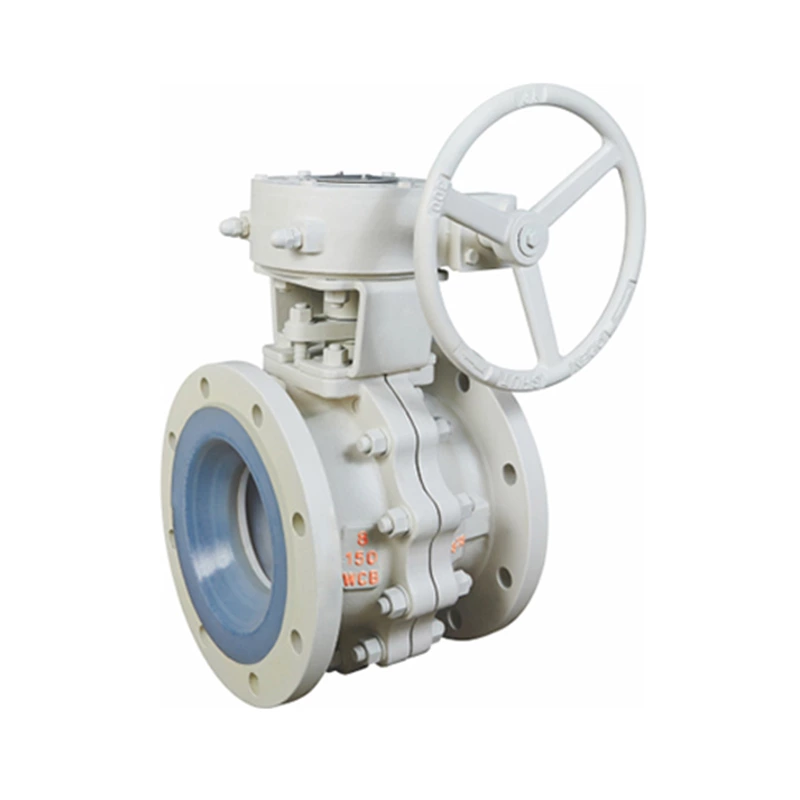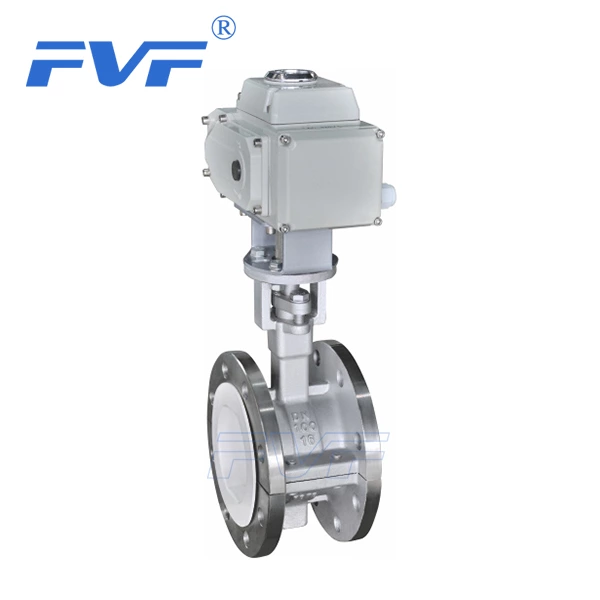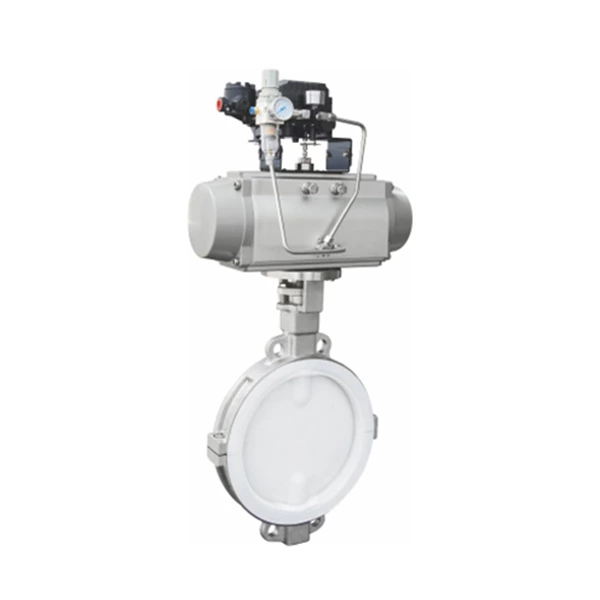Instructions For Use Of Fluorine Lined Wafer Butterfly Valve
Lined Butterfly Valve Introduction:
1. Fluorine-lined wafer butterfly valve adopts fluorine-lined plastic-lined butterfly plate with spherical sealing surface, and is equipped with silicone rubber lining at the base of the valve seat to adjust the sealing performance of the valve; the valve is easy to operate, has tight sealing performance and ultra-long service life;
2. It can be used for quick cut-off or flow adjustment. Suitable for occasions requiring reliable sealing and good adjustment characteristics.
The valve body adopts split type, and the sealing of the current end of the wafer butterfly valve shaft is controlled by the rotating base surface between the butterfly plate and the valve seat and fluorine rubber, so as to achieve a compact product structure, beautiful appearance, reasonable process and reliable performance.
3. Ensure that the valve shaft does not contact the fluid medium in the cavity, and it is convenient to replace the valve shaft. The valve does not need to be disassembled from the pipeline.
4. The product is widely used in the transportation of liquids and gases (including steam) in various types of industrial pipelines, especially in the use of severely corrosive media such as sulfuric acid, hydrofluoric acid, phosphorus, acid, chlorine, strong alkali, aqua regia and other highly corrosive media.
Installation, repair and maintenance of wafer-type fluorine-lined butterfly valves:
1. Fluoroplastic or plastic-lined corrosion-resistant valves and pipeline accessories have the following characteristics in terms of product installation, repair and maintenance due to their inherent special properties:
2. The valve or pipe flange cover cannot be disassembled at will unless it is ready to be connected to the pipeline, otherwise the FEP flange surface may be scratched or deformed due to temperature difference or foreign matter, affecting the seal. If the cover is moved for inspection purposes, it must be reset as soon as possible after the inspection to protect the FEP flange surface.
3. When fluoroplastic or plastic-lined valves and pipe fittings are connected to pipelines, gaskets are generally not used alone, but when they are connected to flange surfaces of different materials (metal surfaces, etc.), suitable gaskets should be used to protect the FEP flange surface.
4. When the wafer-type fluorine-lined butterfly is used in the system, if leakage occurs at a higher temperature, the system temperature should be lowered to room temperature first, and then the cause should be found out and repaired.
5. Do not perform any high-temperature welding on valves and pipe fittings to avoid damage to the lining layer.
6. During installation, the flange nuts should be tightened evenly in the diagonal direction (symmetrically) and with appropriate torque;
7. If the flange sealing surface leaks and the nut at the leaking position has been tightened, the nut at the leaking position should be loosened half a turn, and then the opposite side should be tightened again with the same torque.
8. If the above method still fails to stop the leak, check whether there are concave and convex marks or scratches on the flange surface. At that time, fine sandpaper and cloth can be used to level it and reconnect it.

